The face of William Shakespeare has been used for years by publishers, advertisers, comics, fanatics, bloggers, and many others, to illustrate whatever shoddy product they happen to be pedalling. But do we know what the man himself actually looked like? For sure there is no shortage of candidates...
CHANDOS PORTRAIT
Believed to have been painted around 1610 it has the undoubted advantage of being executed during the poet's lifetime. It is normally thought to be the work of the 'water poet' John Taylor, though there is another claim that it is from the brush of Shakespeare's friend and fellow thespian Richard Burbage. [Claim made by George Vertue, English engraver and antiquary 1684-1786] The portrait currently resides in the National Portrait Gallery (London).
COBBE PORTRAIT
Another likeness from Shakespeare's lifetime from circa 1610. It gets its name from the Cobbe family from where it descended. It was in the news in 2009 when Professor Stanley Wells said that "I feel in little doubt that it is a portrait of Shakespeare, done from life and commissioned by the Earl of Southampton..." To which art historian Sir Roy Strong commented "Codswallop!" It now hangs in the Shakespeare Birthplace Trust in Stratford upon Avon.
DROESHOUT ENGRAVING
The portrait used as the frontpiece to the first collection of Shakespeare's plays known as the First Folio, printed in 1623, seven years after the poet's death. The engraver is traditionally identified as Martin Droeshout the younger (1601-1650), though it is more likely that it was his father, Martin Droeshout the elder (c1560-1642).
FLOWER PORTRAIT
The painting is dated 1609 and bears the inscription W. Shakespeare, and if it sounds too good to be true it is because it probably is! Following scrupulous examination by the National Portrait Gallery (London) the portrait was in fact made in the early 19th century. It owes its name to its former owner Mrs Charles Flower, and is now in the custody of the Royal Shakespeare Company in Stratford upon Avon.
ELY PALACE PORTRAIT
The portrait is dated 1603 and inscribed AE. It came to light in 1845 in the possession of the Bishop of Ely from where it gets its name. The picture's resemblance to the Droeshout Engraving has led to claims that it was used as the model for that work, though it is equally possible that it was a copy inspired by the Droeshout and that it dates from the 19th century. It is now in the possession of the Shakespeare Birthplace Trust in Stratford upon Avon.
ASHBOURNE (KINGSTON) PORTRAIT
A portrait from c1611 and discovered in 1847 and purchased by the Reverend Clement Kingston of Ashbourne. It was initially thought that the sitter could possibly be Shakespeare, but later restoration work revealed the presence of a coat of arms and a latin motto identified as those of Sir Hugh Hammersley. It now resides in the Folger Shakespeare Library (Washington D.C.)
SOEST PORTRAIT
The painting is by the Dutch artist Gerard Soest and is believed to date from after 1656, therefore long after Shakespeare's death in 1616, and may have been inspired by the Chandos Portrait. It had its admirers in the 18th century among the Shakespeare worshipping fraternity, among them Sir Joshua Reynolds, who meticulously painted a loving copy.
JANSSEN PORTRAIT
The portrait was executed c1610 and for a time in the 18th century was considered a real candidate for the elusive Shakespeare but is now believed to be Sir Thomas Overbury, a courtier and author. The identity of the artist is unknown, and the picture is housed at the Folger Shakespeare Library (Washington D.C.).
See also Janssen Bust.
SANDERS PORTRAIT
Painted by the artist John Sanders around 1603 with only tradition linking it to Shakespeare.
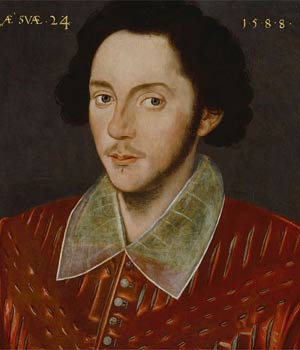
GRAFTON PORTRAIT
The pictures depicts a young man aged 24 in 1588, which neatly corresponds with Shakespeare's age in that year. But it also corresponds with Christopher Marlowe's age, and doubtless many others. Other than the age coincidence, they is nothing to connect the portrait with Shakespeare.
JANSSEN BUST
The funerary monument at the poet's tomb in Holy Trinity Church, Stratford upon Avon, attributed to Geerhart Janssen (Garret Johnson). It is believed to date from 1620, four years after Shakespeare's death, but is widely accepted as being an accurate likeness. However, the bust is not without controversy, with anti-Stratfordians, who believe that Shakespeare was not the author of the works attributed to him, claiming that the cushion on which he is resting his hands was originally a wool sack, depicting his true profession as a merchant trader.
DEATH MASK
The death mask surfaced in London in 1775 and was purchased by a German nobleman. Two centuries later Hildegard Hammerschmidt-Hummel, a professor of English literature, had the mask subjected to forensic examination. The results of the examination proved, she claims, that it is an authentic death mask of William Shakespeare. Her claim, however, did not meet with the universal agreement of her peers. More...
In The Tempest there is the stage direction: 'Here Prospero discovers Ferdinand and Miranda, playing at chess'. It is not inconceivable to image that Shakespeare himself enjoyed testing his wits in this ancient game, but it takes a fanciful mind to imagine that the picture here depicts him locked in battle with his friend and rival Ben Jonson, which some believe. The painting dates from 1600 and is attributed to Karel van Mander.



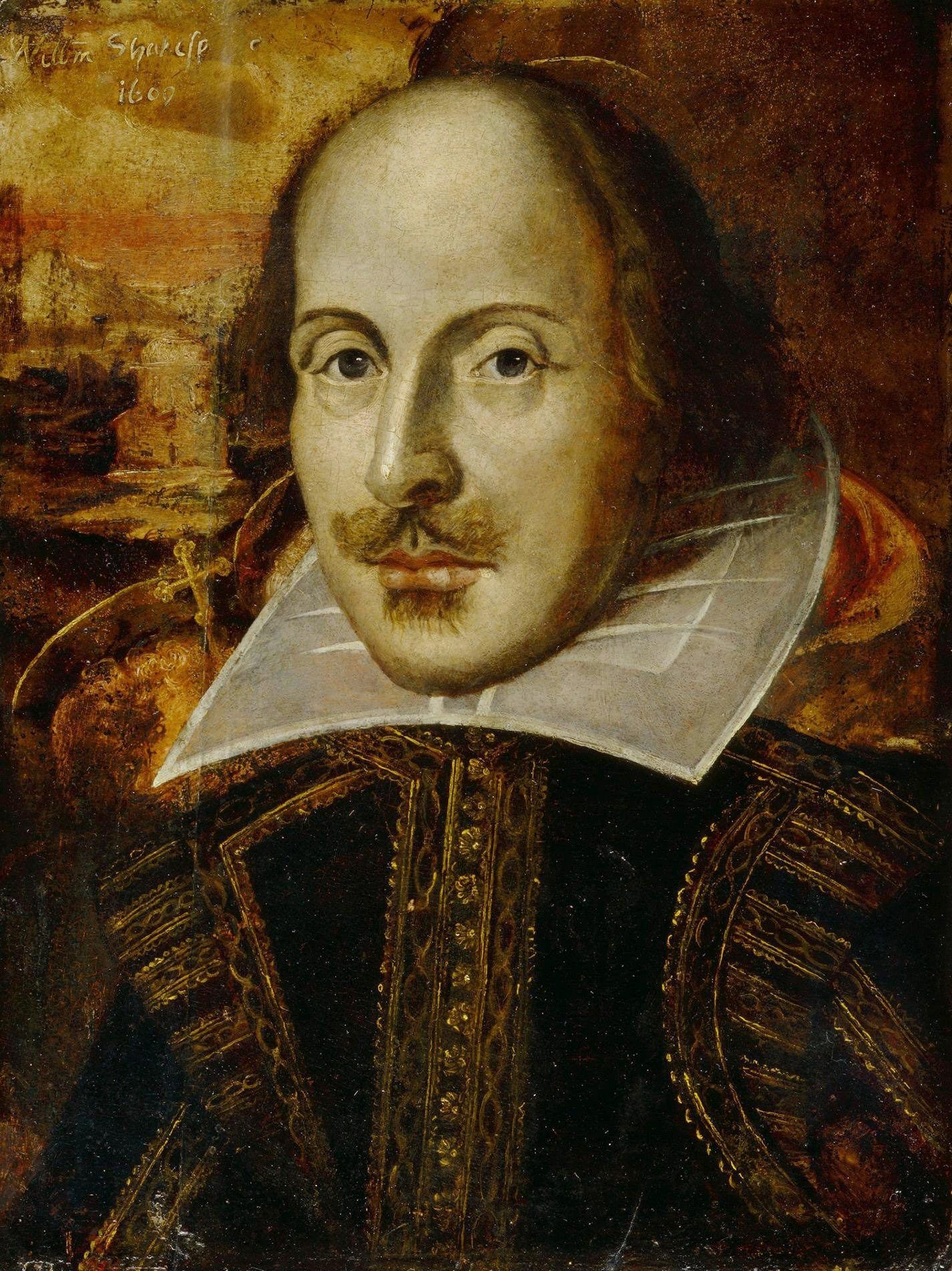


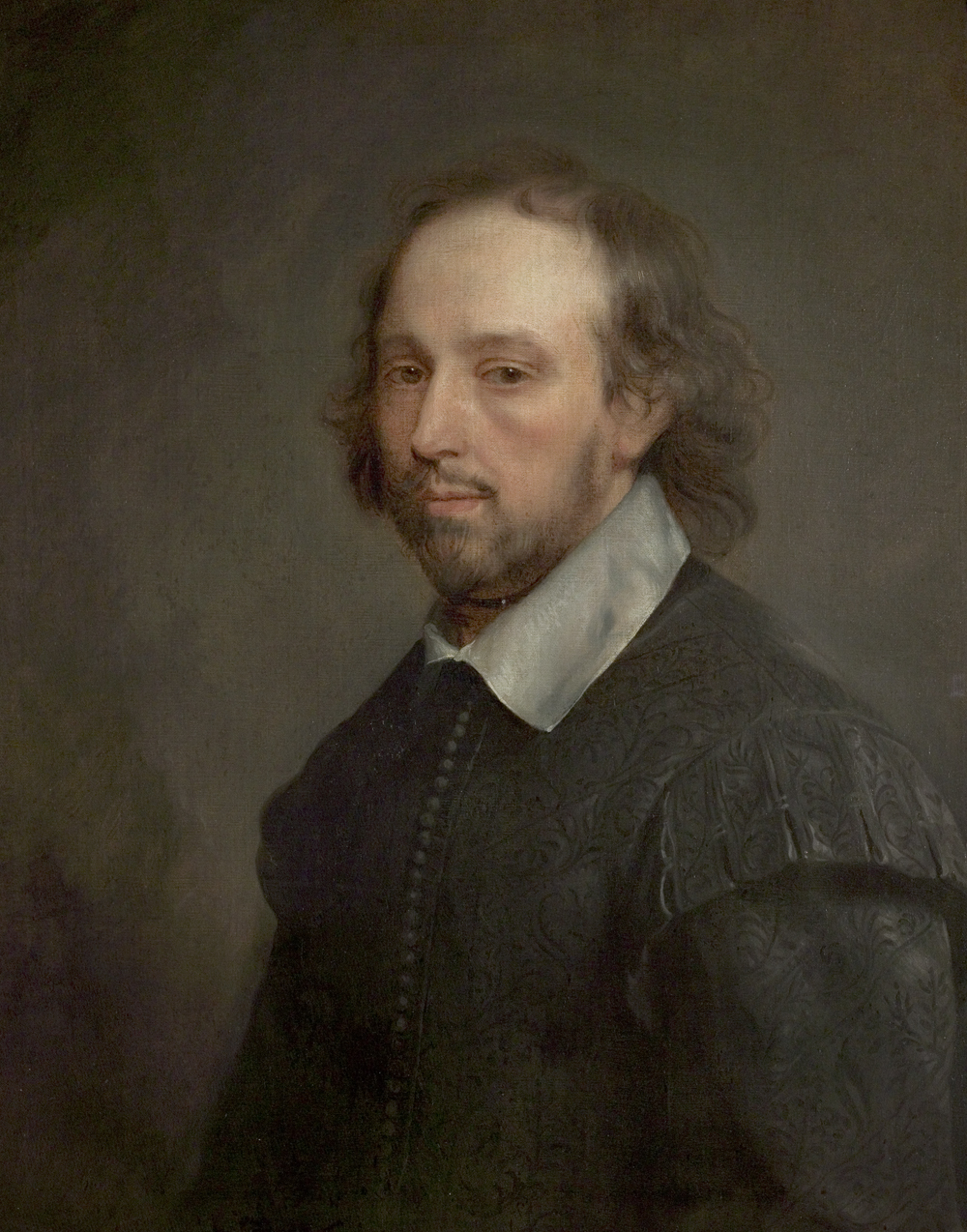

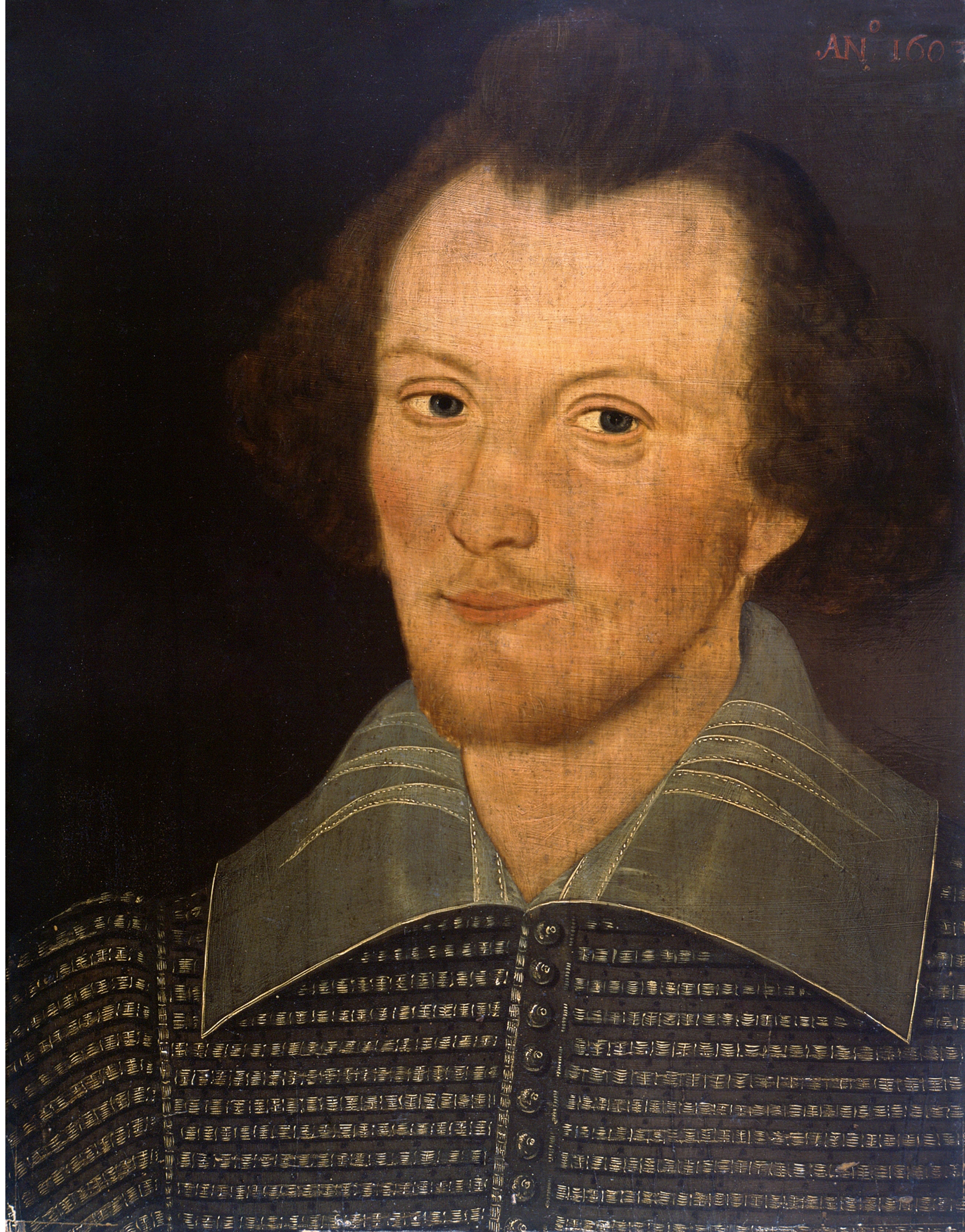


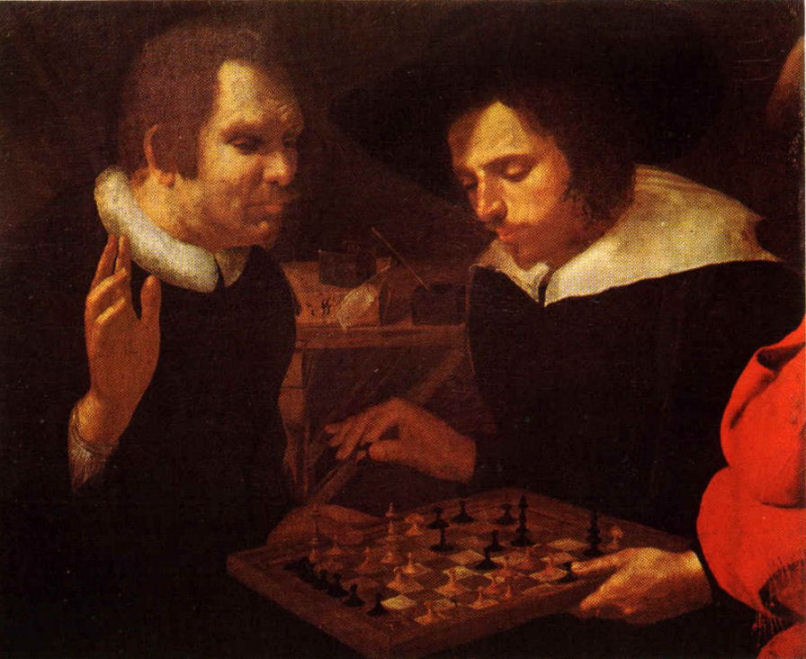


No comments:
Post a Comment